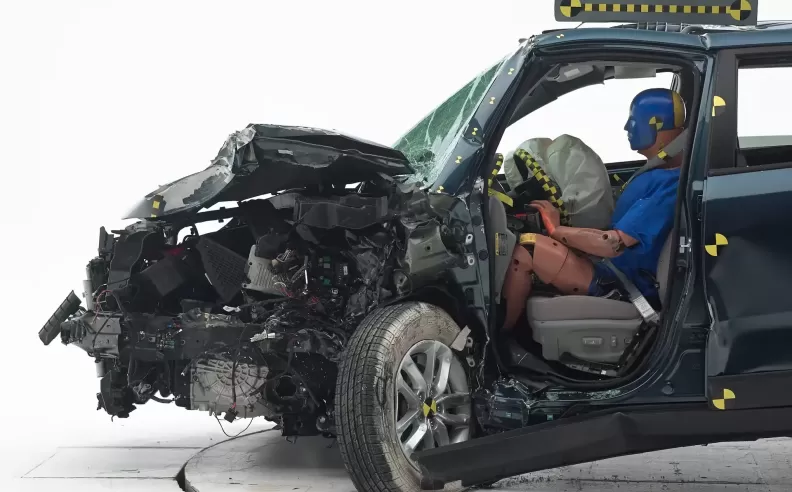The automotive world has long embraced the idea that more metal offers greater protection in a crash. Recent research challenges this notion by demonstrating that increasing a vehicle s weight only improves safety up to a certain point. New studies reveal that modern safety systems have diminished the incremental benefits of extra mass while highlighting the potential risks heavier vehicles pose for other road users. The emerging perspective calls for a balanced approach that optimizes both protection and efficiency using the latest technologies available.

Conventional wisdom held that surrounding oneself with additional metal was the key to surviving a collision. Studies from the Insurance Institute for Highway Safety have confirmed that extra weight up to approximately 1800 kilograms can indeed reduce the driver's fatality rate, while only slightly increasing the risk for occupants of other vehicles. However, the data shows that when a vehicle exceeds this threshold, the expected safety benefits for its occupants plateau while the risk imposed on others rises substantially.
The analysis of crash data from 2011 to 2022 indicates that heavier vehicles do not automatically guarantee enhanced protection, especially when one vehicle collides with a smaller or less robust one. This evolving understanding stresses that increasing vehicle mass is beneficial only up to a certain limit and that beyond that point, the additional weight may lead to more severe consequences in multi-vehicle accidents.

Advancements in safety technology have transformed the landscape of automotive protection. Features such as airbags, automatic emergency braking, and refined bumper designs now play a crucial role in preventing accidents and mitigating their effects. The recent study illustrates that when these modern safety systems are factored in, the protective benefit of adding extra weight diminishes. For example, a lighter car that gains roughly 230 kilograms experiences a significant decrease in the driver's fatality rate with only a minor increase in risk for the other party involved.
This evidence suggests that engineering vehicles with an optimal weight that leverages advanced safety features are more effective than merely building heavier cars. In addition to improving driver safety, reducing vehicle mass offers secondary advantages such as better fuel economy and potentially increased payload capacity. The research makes it clear that redesigning the heaviest vehicles on the road could save lives while simultaneously enhancing performance and environmental efficiency.

Started my career in Automotive Journalism in 2015. Even though I'm a pharmacist, hanging around cars all the time has created a passion for the automotive industry since day 1.
